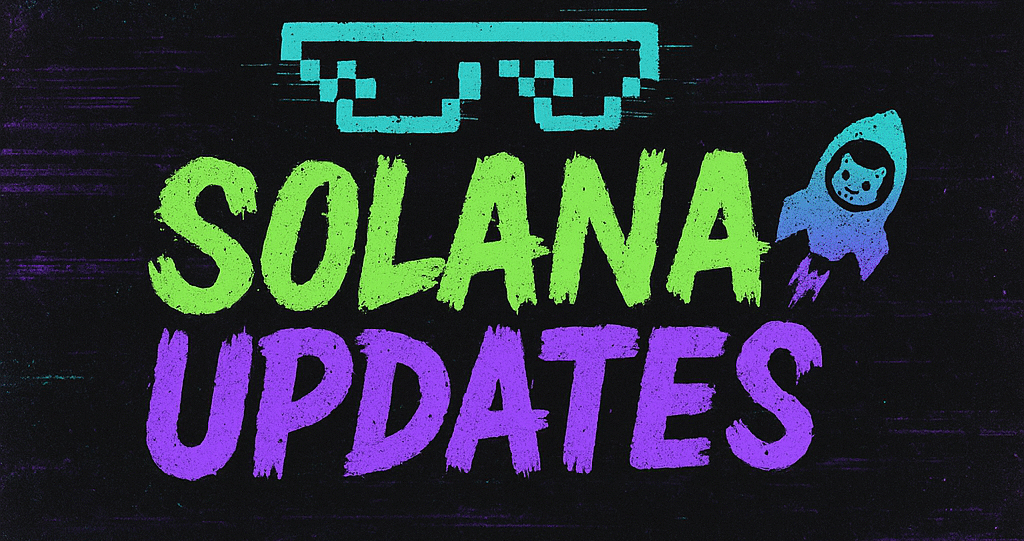Waterfall Network: A Revolutionary Step Towards Blockchain Scalability with DAG-Based Architecture
In the rapidly evolving landscape of blockchain technology, scalability remains a persistent challenge that has yet to be fully conquered. The introduction of the Waterfall Network, with its Directed Acyclic Graph (DAG)-based architecture, marks a promising development in the quest for scalable blockchain solutions. This novel approach utilizes a dual-network design and fractal sharding to enhance scalability, potentially setting a new standard in the industry.
Understanding the DAG-Based Architecture
At the core of the Waterfall Network is its DAG-based architecture, which departs from traditional blockchain structures. Unlike linear blockchain systems where each block is linked in a single line, a DAG allows multiple chains of transactions to coexist, effectively reducing bottlenecks and increasing throughput. This structure enables transactions to be confirmed simultaneously, which significantly enhances the network’s ability to handle high transaction volumes.
The Dual-Network Design
The Waterfall Network introduces a dual-network design that separates transaction processing from consensus mechanisms. This separation allows for more efficient handling of transactions, as the network can process numerous transactions in parallel without waiting for consensus on each individual one. This innovation not only speeds up the transaction process but also reduces the energy consumption typically associated with consensus algorithms, making it a more environmentally friendly option.
Fractal Sharding: Enhancing Scalability
Fractal sharding is another critical component of the Waterfall Network’s architecture. This technique involves dividing the network into smaller, manageable shards, each capable of processing its transactions independently. This approach not only boosts the network’s throughput but also enhances its ability to scale, as each shard can grow and handle more transactions without affecting the overall network’s performance.
Potential Impact on the Blockchain Industry
The Waterfall Network’s innovative design has the potential to redefine how scalability is approached in blockchain technology. By combining DAG-based architecture with a dual-network design and fractal sharding, it addresses many of the scalability issues that have plagued traditional blockchains. This could lead to broader adoption of blockchain technology across various industries, as businesses and developers seek more efficient and scalable solutions.
Conclusion
As the blockchain industry continues to grow, the demand for scalable solutions will only increase. The Waterfall Network represents a significant step forward, offering a scalable, efficient, and environmentally sustainable alternative to traditional blockchain models. Its success could pave the way for further innovations and set a new benchmark for future blockchain technologies.
🛒 Recommended Product: Check out top-rated crypto gear on Amazon


